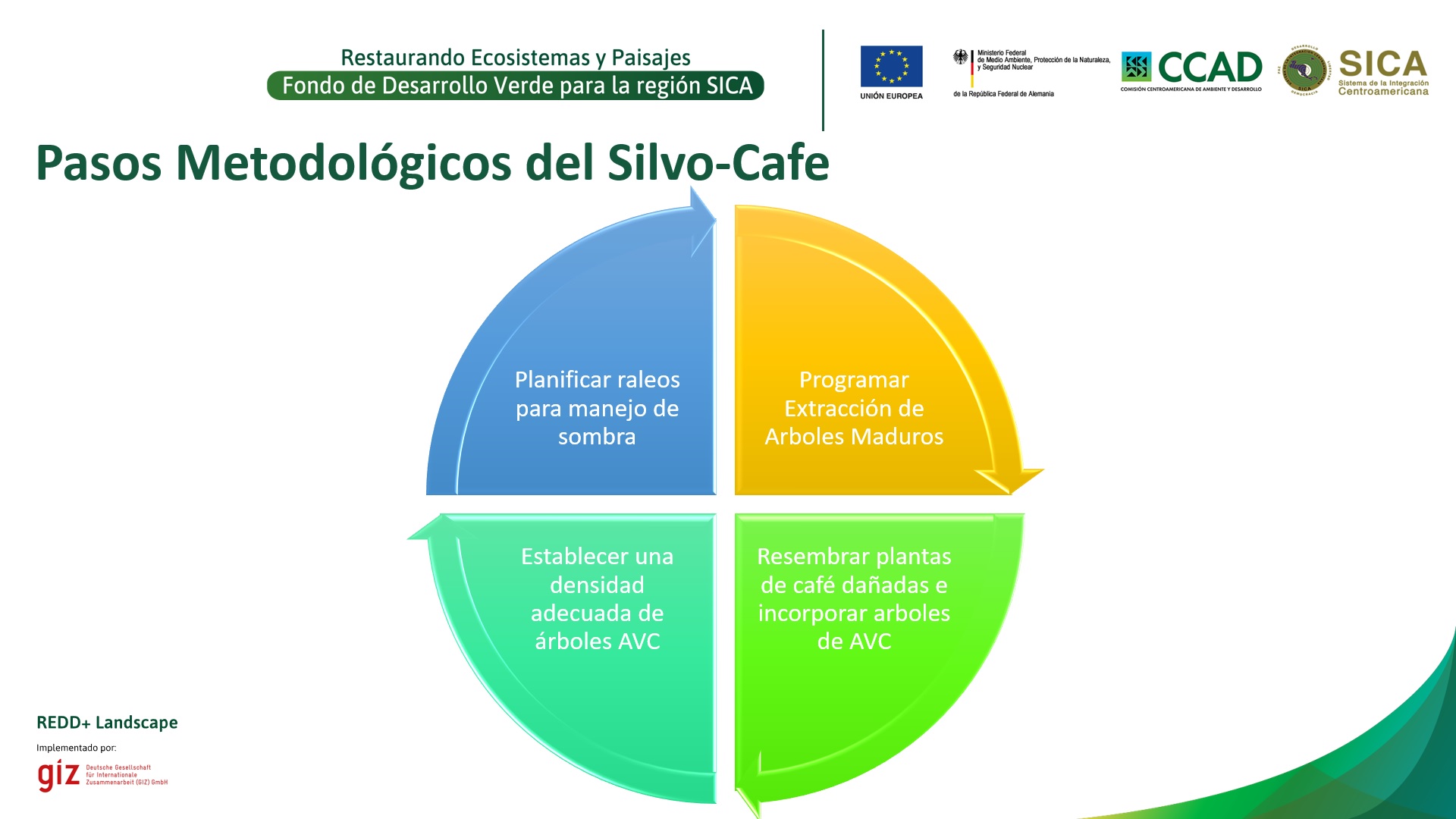The environment is a continuum that is not bound by political-administrative boundaries. Unilateral measures that a country can take to protect a shared resource are generally ineffective and the unregulated use of the resource usually ends in its overexploitation and destruction.
Based on this, biodiversity conservation in areas of high ecological value in border areas should be done on the basis of cooperation and understanding between countries. However, these areas, far from the centers of decision making, are often not a priority for foreign ministries.
In these cases, civil society organizations play an important role, since they can move and articulate with a freedom that governments at different levels do not have.
To be effective, the governance of transboundary protected areas, such as the Tri-national Biological Corridor, requires the involvement of all stakeholders: local, regional and national authorities, entrepreneurs and organized civil society.
As is the case at the local level, civil society organizations have a continuity over time that political actors do not have.
Moreover, they are not bound by protocol and hierarchy and can communicate directly among themselves and with whomever.
Also, as at the local level, NGOs can focus on environmental issues, unlike the political power, which must deal with a wide range of issues.
Coordination between NGOs in neighboring countries can be easily accomplished. However, sometimes internal issues in one of the countries, such as an organization's relationship with the authorities in office, slow down or paralyze a cross-border project, or even the opposite.
The addition of NGOs from neighboring countries makes governments pay more attention to the projects in question.
